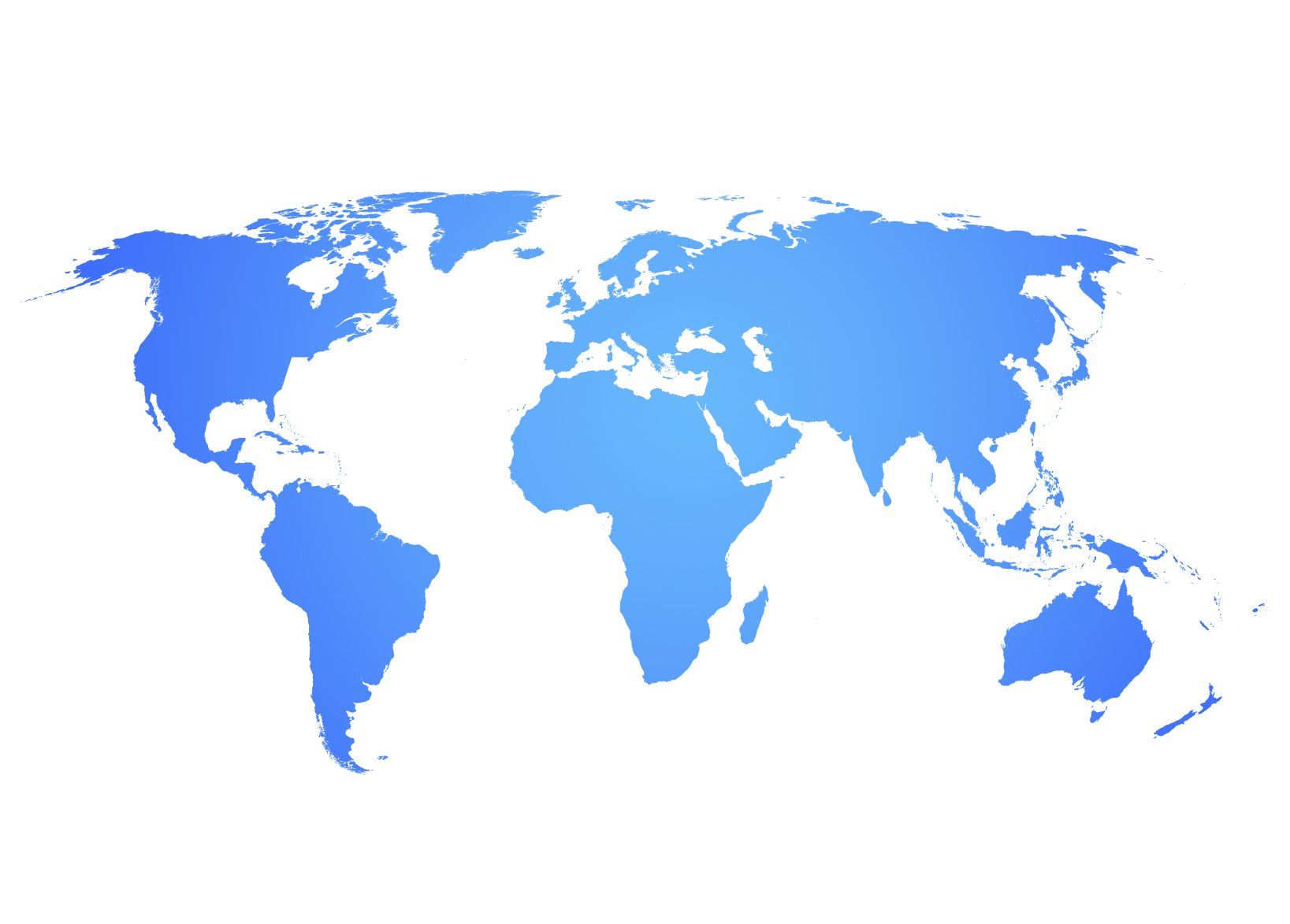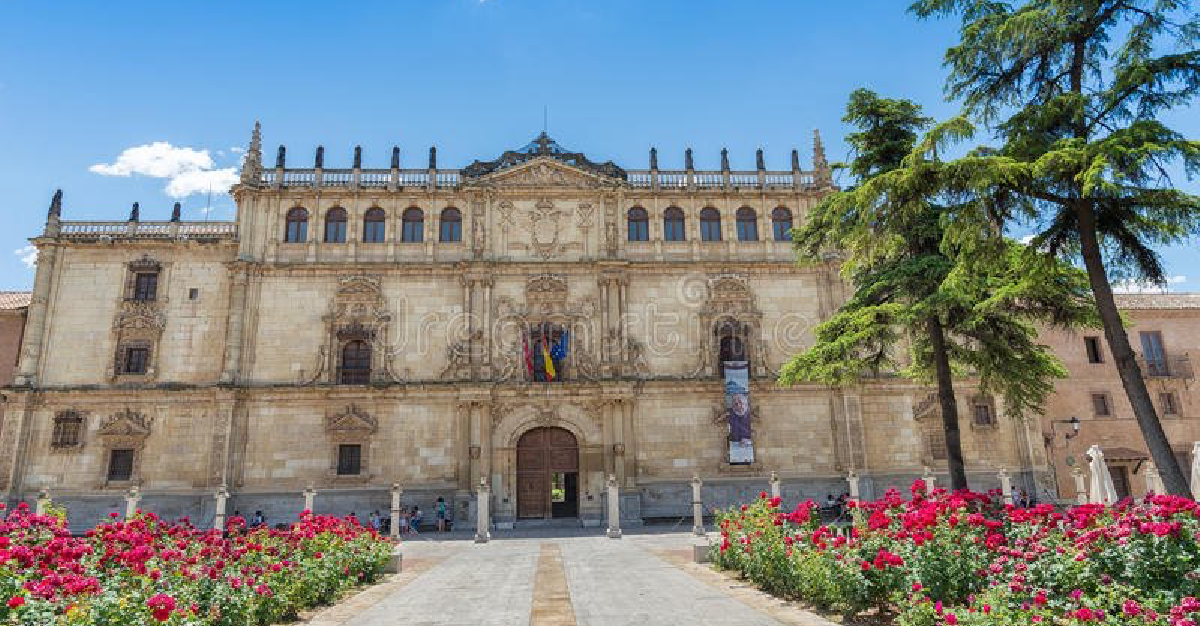UNIVERSITY OF PRETORIA
MIL UNIVERSITY Cities framework
At the beginning, MIL Cities initiative was created by UNESCO (UNESCO, 2018)1 and the MIL University Cities concept is a derivation or application of the general MIL Cities concept (UNESCO, 2019)2.
The concept of MIL University Cites was used for the first time in the paper « Media and Information Literacy) University Cities: new metrics for education and urban health» published by Prof. Chibás Ortiz, F.; Dias A. P. Fischer, R ( 2020).
University Cities (Prof. Chibás Ortiz, F.; Dias A. P. Fischer, R., 2020)3 are a derivation or application of the MIL City framework on university campuses of these academic entities. To this end, it is recommended to follow the 13 indicators and metrics for MIL Cities.
The study of cities becomes especially important, especially in countries like Brazil, where 84% of the population lives in cities (FGV, 2019). Brazil is located on the most urbanized continent in the world, Latin America, and is currently the most urbanized country in the region (DESA, 2019). The forecast is that, in 2030, this index will reach 91.1% and that, in 2050, the whole of Latin America will be 86% urban (DESA, 2019).
In Brazil, the Ministry of Science, Technology, Innovations and Communications (MCTIC) and the Ministry of Regional Development (MDR) signed in Brasília, a technical cooperation agreement for Smart Cities (MCTI, 2020). Research carried out by the Center for Globalization and Strategy of the Institute for Higher Studies of the IESE Business School, a business school at the University of Navarra, Spain, developed an index to measure the degree of intelligence in the most important places in the world: Cities in Motion Index. In Brazil, the cities of Curitiba (140th in the ranking), São Paulo (132nd), Rio de Janeiro (128th), Belo Horizonte (151st), Brasília (130th) and Salvador (146th) were evaluated. The index reveals that the most consolidated Smart Cities in the world are New York (USA), Paris (France), London (England), Oslo (Norway), Tokyo (Japan) and Seoul (South Korea). Most are European cities; North America comes in second place; and next is Asia, with five cities in the top 50. Europe, in general, stands out for quality of life and sustainability. American smart cities, on the other hand, are evidenced by their human capital and their strong economy (Summit, 2020).
The adoption of the MIL Cities framework, acronym in English for Media and Information Literacy, a proposal that covers Resilient, Smart, Healthy, Creative and Innovative Cities, among others; it involves not only cities characterized by the intense use of new technologies, but also traditional technologies; depending on human development. That is, the use of technology in an ethical, ecological and sustainable way, so that the organizations and inhabitants of the city have decision-making power, developing ethical values, with respect to diversity and their capacity for independent and creative thinking. A MIL city can also be a city that does not have a high technological investment.
This framework suggested by UNESCO in 2018, has as one of its main propositions, to develop through the formation of educational and cultural networks, critical and creative thinking throughout the city and to promote the ethical use of communication with and without new technologies, but ensuring a more humane, diverse, sustainable and participatory development in urban spaces with the participation of new stakeholders such as startups, companies, NGOs, socio- cultural projects, marketing agencies, minorities and less favored groups (young people, the elderly, blacks, indigenous people, immigrants, overweight people etc.) and citizens, as well as more traditional ones like governments, universities, schools, libraries and educators.
This research seeks to increase the efficiency and well-being of citizens in relation to safety, health, recreation, community services, tourism, use of energy and government to citizens in cities.
It is within this context, that Media and Information Literacy is highly relevant, focusing on the various forms of communication and information. New technologies and media interconnect the world, developing new communication skills, providing opportunities to work, research and study in collaborative networks (UNESCO, 2017). This coexists with the concern to develop the critical capacity in the population to verify, filter and analyze the countless information received by different media in a volumetric and immediate way. It also contributes to the construction of a repertoire linked to this education, the knowledge of “Cultural Barriers to Communication”, with the construction of criteria for the selection of available information, so that it is possible to distinguish between true news and fake News, in a process of productive learning and exercise of citizenship (Chibás Ortiz, 2019).
One of the main challenges facing cities and city halls today is to transcend or circumvent the “Cultural Barriers to Communication” and integrate the universe online and of line into a new blended multiverse, that is, that mixes physical and virtual reality. As well as institutional, marketing, administrative and internal communication of an organization, project, team, public or private institution. The effective implementation of Cidade Mil's proposals could contribute to overcoming Cultural Barriers to Communication and other serious structural and social problems in São Paulo.
1-UNESCO. (n.d.-a). Media and information literate cities: An initiative on creative learning of media and information literacy in cities. Retrieved November 7, 2021, from https://en.unesco.org/milcities
2- UNESCO ( 2019). Global Framework for Media and Information Literacy Cities (MIL Cities). Available : https://en.unesco.org/sites/default/files/global_framework_for_mil_cities.pdf
3-
Chibás Ortiz, F.; Dias A. P. Fischer, R. (2020) MIL (Media and Information Literacy) University Cities: new metrics for education and urban health, In: MIC- Media, Information Communication, Number 33, 08.15.2020, ISSN: 231-755X, Available : http://mic.org.ru/vyp/33/33-ortiz.pdf
http://mic.org.ru/vyp/33-nomer-2020/felipe-chib-s-ortiz-ana-paula-d-as-rachel-fischer-mil-media-and-information-literacy-university- citi/)
The city of Timbuktu in the beginning of the 11th century
Based on these general principles, we have recently begun to realize that they can also be applied on the campus or space of university cities that generally have universities. These usually have a city hall, student housing, hospitals, pharmacies and clinics for students, streets, parallel collection and security services and many administrative buildings and classrooms.
According to some authors, the first university appeared in Africa, in the city of Timbuktu in the beginning of the 11th century. Djinguereber, Sidi Yahya and Sankore were his three learning centers (Mello, 2014). Other sources cite Bologna, northern Italy, in 1888, at the end of the 11th century. In the 12th century, the University of Paris was founded (Superinteressante, 1996). But officially UNESCO declared the university of Karueein or Al Quarawiyyia founded in Fez, Morocco, in the year 859 A.D. as the first university in the world following the modern definition (2015). In Brazil, the first institution of higher education was the School of Surgery of Bahia, in 1808. But the first university in Brazil, with courses in various areas, was the University of Rio de Janeiro, in 1920 (Prado, 2003).
The main objective of this work is to carry out a first qualitative and exploratory approach to how to apply the structure and analysis indicators for MIL cities and specifically those referring to the health indicator, in a university city, according to the information available on websites, blogs and documents. We try to answer the question: How can the 13 MIL cities' indicators, and especially those referring to health, be analyzed on the campus of a current Higher Education Institution (HEI)?
Chibás Ortiz, F.; Dias A. P. Fischer, R. (2020) MIL (Media and Information Literacy) University Cities: new metrics for education and urban health, In: MIC- Media, Information Communication, Number 33, 08.15.2020, ISSN: 231-755X, Available :
http://mic.org.ru/vyp/33/33-ortiz.pdf
http://mic.org.ru/vyp/33-nomer-2020/felipe-chib-s-ortiz-ana-paula-d-as-rachel-fischer-mil-media-and-information-literacy-university- citi/)

BELOW THE 13 INDICATORS ARE SHOWN TOGETHER WITH AN EXAMPLE OF METRICS INCLUDED, ACCORDING TO THE PROPOSAL BY CHIBÁS ORTIZ (2020), INSPIRED BY THE UNESCO FRAMEWORK
1. Libraries
Example: Number of actions and workshops with authors, focused on teenagers and young people, teaching how to research and find safe sources for research, carried out by Libraries per year.
2. Urban planning and mobility
Example: The City (university) has a planned communication proposal on the creative use of space for the various current transportation vehicles.
3. Rectory, City Hall, administrative bodies and citizenship
Example: The (university) city has the diagnosis and mapping of Cultural Barriers to Communication by colleges, units or neighborhoods, municipalities.
4. Health
Example: Quantity and percentage of hospitals, clinics, networks and pharmaceutical industry, as well as other health institutions that the city has (university) with preventive health information campaigns and that offer safe information about medicines and health, including vaccination campaigns
5. Culture, heritage, art, sport and leisure
Example: Quantity and percentage of cinemas, museums and theaters that articulate with the faculties and units of the city (university) for showing educational films produced by students.
6. Education
Example: Number and percentage of colleges, schools or institutes in the city (university) that have in their teaching programs, matters related to the MIL approach and anti-fake news.
7. Associations, unions, NGOs, socio-cultural projects and other non-traditional actors
Example: Number and percentage of class associations and unions in the city (university) that articulate curriculum outside their spaces to discuss media and access to information.
8. Media and media
Example: Number and percentage of communication agencies, city marketing (university) that do MIL campaigns and anti-fake news.
9. Artificial intelligence, startups and digital channels
Example: Quantity and percentage of technologies (Artificial Intelligence systems, Virtual and Expanded Reality) in the city (university) take advantage of the health, culture and education of citizens, as well as in fighting fake news.
10. Security
Example: Amount of applications and cameras made available by the city (university) to ensure safety, preventing assaults, car accidents and natural disasters.
11. Environment and sustainability
Example: Quantity of ecological solutions and reduction of negative impacts of industry and services, as well as referring to the reduction of pollution that the (university) city has developed.
12. Youth, Women, Blacks, Indigenous, LGBTQ + and other minority groups
Example: Number and percentage of women, youth, black and other disadvantaged groups that occupy leadership positions in the city government (university).
13. General Integration Metrics (involve measures with metrics with two or more of the previous indicators)
Example: Quantity and percentage of innovative sustainable solutions implemented by the university city integrating various sectors and multidisciplinary in the city (university).
The proposal aims to spread MIL Cities in different regions of the world, which can also help to stimulate media and information literacy as a tool for intercultural and interreligious dialogue, building tolerance, fighting hatred and misinformation and allowing sustainability development in general. MIL Cities implies a vision of building bridges between local government authorities and NGO activities, non-formal activities, informal educators and MIL-related networks.
Chibás Ortiz, F.; Dias A. P. Fischer, R. (2020) MIL (Media and Information Literacy) University Cities: new metrics for education and urban health, In: MIC- Media, Information Communication, Number 33, 08.15.2020, ISSN: 231-755X, Available :
A network of new type university cities
An entity that promotes an interesting look at university cities is the UCITYLAB Project network or University Action Lab (2020) that tries to connect universities with other urban actors and drive social change. Its objectives are to promote the links between European higher education institutions and urban stakeholders, the development of relevant skills among students through experimental learning and the adoption of city engagement practices among European higher education institutions. According to this perspective, it is crucial to expand support from the bottom up for cities to co-develop, test and implement solutions and thus consolidate efforts; Higher education institutions can support anchorage innovation, increasing interest in the urban areas on which they are based, offering resources and facilitating change. Higher education institutions must also explore cities as living laboratories, incorporating open spaces, institutions and the local community in their research and teaching programs (UCITYLAB, 2020).
The project partnership consists of 5 organizations from 5 countries, each with a direct interest in using the results of the project to promote their involvement with the cities in which they are located. Comprised of prominent public higher education institutions in the cities of Porto, Ljubljana, Barcelona and Paris, and supported by Europe's leading network organization, University Industry Innovation Network (UIIN), the consortium brings valuable knowledge and network links that will contribute significantly for the project's objectives. Partner HEIs are selected from cities that already have an integrated strategy for urban renewal and that work to face various environmental, economic and social challenges. All partners involved in the project strategically place their responsibilities in relation to sustainable urban development and the promotion of social entrepreneurship in the city and region in their mission / vision and respective activities (UCITYLAB, 2020).
University Cities recognized by UNESCO
The university cities recognized by UNESCO (2020-b), as heritage of humanity due to the high cultural value of their material and immaterial heritage are (UMAC & ICOM, n.d. 2020)
- Struve Geodetic Arc, includes the Astronomical Observatory of Tartu University – in 2005 (Estonia)
- Botanical Garden of Padua – in 1997 (Italy)
- Autonomous University of Mexico – 2007 (Mexico)
- University of Coimbra – 2013 (Portugal)
- Alcalá de Henares University – in 1998 (Spain)
- Monticello and the University of Virginia in Charlottesville – in 2006 (United States of America)
- University City of Caracas – in 2000 (Venezuela)
It should be noted that these cities are not specifically within the MIL Cities paradigm but are worthy to take note of due to the immense value it contributes to humanity.
It should be noted that these cities are not specifically within the MIL Cities paradigm but are worthy to take note of due to the immense value it contributes to humanity.















